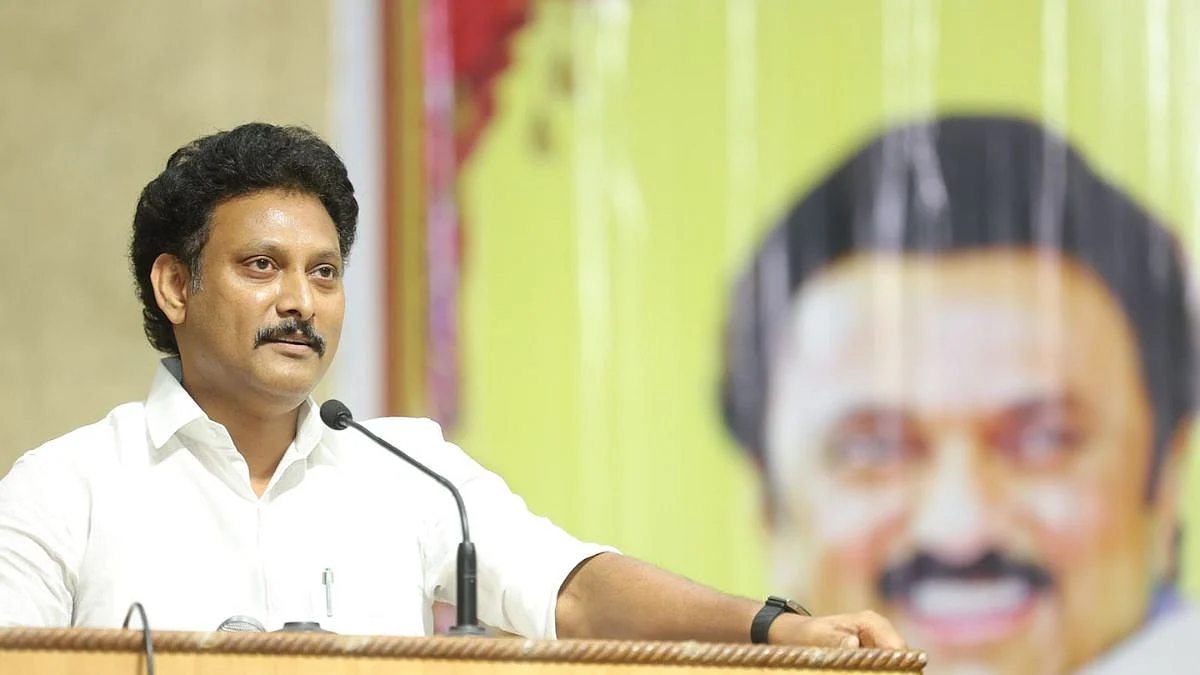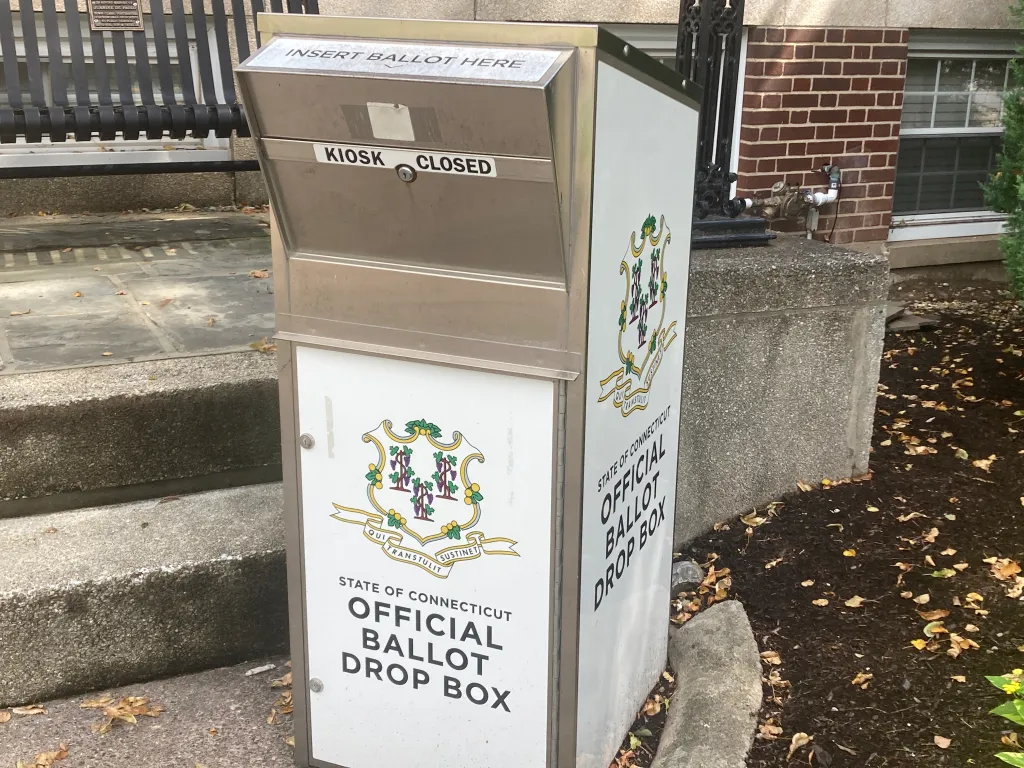Copyright Vox.com

After the release of Taylor Swift’s The Life of a Showgirl, TikTok had some expectedly strong takes. One popular TikTok claims that Swift’s album is a “case study in moral collapse” full of lyrics that demonstrate “pathological self-involvement” and “an absence of self-identity.” The user’s tone is confident, but their analysis is largely speculative. Another TikTok explains how the public has perceived Swift through her whiteness. The argument is equally lacking in rigor and includes some ahistorical claims. The video still received over 7 million views and tens of thousands of comments in agreement. Outside of Swift’s release schedule, this sort of critical analysis is everywhere. The TikToker, talking straight to the camera, breaks down the latest pop star, reality show, cheating scandal, or fashion trend. Sometimes, they’re examining the object or phenomenon itself. Other times, they’re relating it to society at large. They’ll often utilize TikTok’s green-screen tool, floating photos and text above their head that they lean on for authority. Cultural commentary on TikTok isn’t new, nor is it always bad. Many critics, academics, and other experts are fairly popular on the app now. Still, it’s disconcerting to see this kind of in-depth analysis be overtaken by anyone with a strong voice and an academic vocabulary. The feigned authority can contribute to the spread of misinformation on TikTok and other platforms. Meanwhile, professional critics are losing their jobs at legacy publications, as a climate of fear due the Trump administration has made the job more risky. Following Charlie Kirk’s death, a Washington Post columnist was fired for discussing his history of racist remarks. The rise of the armchair TikTok critic nevertheless shows that Gen Z wants help understanding the world — but they’re not necessarily reading a newspaper to do so. Instead, they’re devouring takes from random strangers on an entertainment app, alongside brain rot content and lip-syncing videos. But why? Gen Z, it seems, increasingly realize that they’re stuck on a social media hamster wheel. If they can’t stop scrolling, they may as well make the most out of it and learn something, even if that something isn’t necessarily rigorous or true. In many ways, the genre of cultural commentary on TikTok is just a truncated form of the video essays that have been popular on YouTube for years. As Terry Nyugen previously wrote for Vox, these long-form videos started to thrive in 2012 when the platform began prioritizing watch time over views in their search engine. And they remain a prominent source of hours spent on the website. Popular accounts like Natalie Wynn (aka ContraPoints), Mina Le, Lindsay Ellis, Every Frame a Painting, and the Nerdwriter regularly rake up millions of views for their hour(s)-long deep dives into cultural phenomena. Among the more well-researched analyses, you’ll also find plenty of misinformation, unsubstantiated gossip, and generally bad takes, like conspiracy videos about Covid or deep dives into Hailey Bieber’s alleged stalking. It was only natural that internet users would carry this “I’m here to learn” attitude over to TikTok, according to Jamie Cohen, a media studies professor at Queens College CUNY in New York. One reason for this shift, he says, was the timing of the app’s rise “when everybody was switched to learning online during the pandemic.” However, several aspects of YouTube that make it such a successful platform for posting in-depth explainers don’t exactly translate to the bite-sized format of TikTok. YouTube’s more formal, “big-screen” presentation creates more of an incentive for video essayists to show their work, by reading out full citations or elaborating on supportive materials. On TikTok, however, facts and ideas are often hurried and collaged to make a fast, reductive point. “The format of analysis videos on YouTube is much more essay-like, whereas on TikTok it’s about designing and layering up,” Cohen said. “The green-screen tactic is good, but it always results in pointing at things rather than explaining things.” Another downside of TikTok’s commentary is that it isn’t necessarily designed to spark curiosity or further research. Nikita Walia, a brand strategist and writer who specializes in cultural studies, semiotics, and media theory, says that the best creators on the app “spark further exploration” in their cultural analysis, but that “the format itself rewards closure, quick takes, clear answers, [and] moral certainty.” “The result is that ideas become aesthetic objects meant to be consumed, rather than wrestled with,” Walia said. “What once invited dialogue now functions as display.” Gen Z wants to gain something from their screen time The fact that Gen Z wants knowledge from TikTok is not particularly unique. Social media platforms have historically been rationalized as additional hubs of information and learning. In addition to the long-form videos essays, TED Talks and how-to videos have helped give YouTube an educational sheen. Despite the chaotic nature of the app, X (formerly Twitter) is still a space for legitimate journalism and intellectual discourse, populated by prominent voices from media and politics. However, Gen Z’s complicated relationship with their phones makes this method of learning seem less voluntary and more like a response to a state of entrapment. The idea that Gen Z can’t get off of social media has been well studied — and most of them agree it’s true. TikTok, in particular, boasts several addictive and time-wasting features, from its all-powerful predictive algorithm to the brevity of its videos, which can distort time. Perhaps unsurprisingly, the young people that dominate TikTok’s user base are reading less than previous generations. “People want to feel that their time online has meaning, and in some ways it does,” Walia said. “However, even the smartest content has to play by the same algorithmic rules that favor speed and stimulation over reflection.” TikTok has also simply become a primary source of news for many people. According to a study by Pew Research Center published in January, 52 percent of TikTok users, which is equivalent to 17 percent of all US adults, say they regularly get news on the site. However, journalists represent a tiny percentage — just 0.4 percent — of the accounts that TikTok users follow. While it’s easy to scold Gen Z for not being more literate or curious beyond what they see on TikTok, Walia says that individuals shouldn’t be blamed for listening to whatever impassioned “thought leader” comes across their timeline. “The incentives just don’t exist to embark on deep self-study, and higher education is increasingly inaccessible,” Walia said. Cohen, the CUNY professor, still sees a desire to learn among his students, who are always referencing these cultural commentary videos, and in Gen Z at large. He says that TikTok is a space where they can get “supportive material that isn’t covered but that they’re curious about.” This is especially important in a time when college campuses are being targeted by the administration for teaching certain policies and compelled to censor ideas. “The world itself makes them feel disenfranchised,” Cohen said. “It doesn’t give them power, so they do want to be educated.” Most of all, Cohen added, “they don’t want to feel left behind.”



